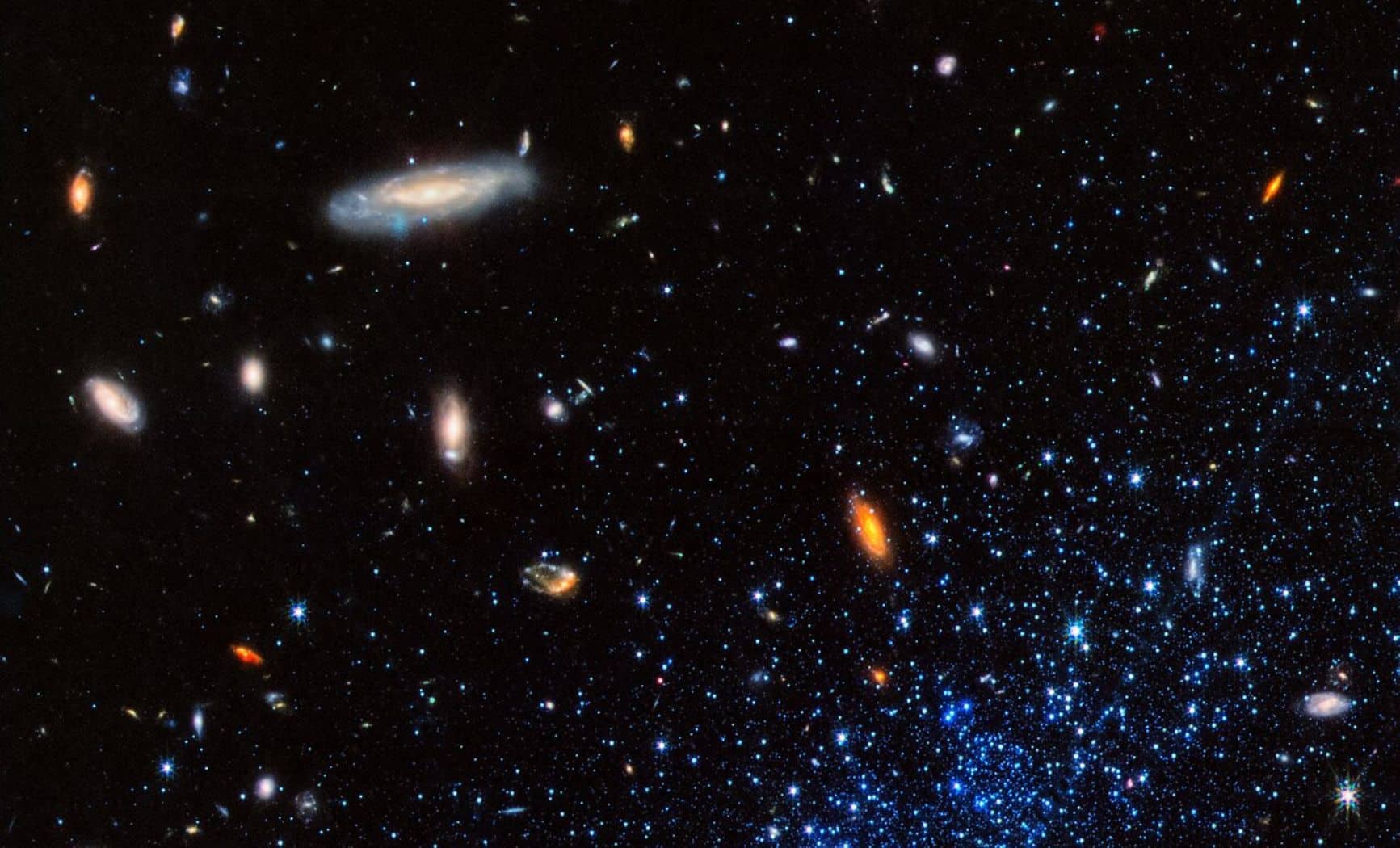
Astronomers have recently unveiled a breathtaking and surprising image of Leo P, a dwarf galaxy situated 5.3 million light-years away in the Leo constellation. Using its advanced Near-Infrared Camera (NIRCam), the James Webb Space Telescope (JWST) has offered an exceptional glimpse into this pristine galaxy, shedding light on the intricacies of early galaxy formation and the mechanisms behind star birth.
Leo P fascinates researchers due to its unique chemical composition and relative isolation. Unlike larger galaxies such as the Milky Way or Andromeda, Leo P has avoided significant interactions with other galaxies, maintaining a composition primarily of hydrogen and helium—the essential building blocks of the universe. This makes it an excellent candidate for exploring the processes that led to the formation of galaxies in the primordial universe. Even more intriguing is the fact that Leo P has recently resumed star formation after an extended period of dormancy, a phenomenon seldom observed in galaxies of its size and age.
A Dwarf Galaxy That Surprises Scientists
Galaxies typically undergo intricate cycles of star formation, often initiated by interactions with nearby galaxies, the accumulation of interstellar gas, or gravitational influences. Most dwarf galaxies that experience a cessation in star formation often do not restart the process due to a lack of the necessary gas and heavy elements. However, Leo P defies this trend, as the recent observations from JWST confirm that this small galaxy has begun forming new stars billions of years after its last period of stellar activity.
The image released in January 2025 highlights clusters of vibrant blue stars in the lower right section of the galaxy. This bright coloration signifies the presence of young, hot stars, which stand in stark contrast to the older, red stars that populate the galaxy. Moreover, the image also reveals a bubble-like formation of ionized hydrogen, a clear indicator of active star formation, where newly formed stars emit intense radiation that strips electrons from surrounding hydrogen gas. This strongly suggests that Leo P is not a dormant galaxy, but rather one that has revived its capacity to spawn new stars, despite its remote and isolated conditions.
Researchers have unearthed a timeline of Leo P’s remarkable history, indicating it has experienced at least three distinct phases. Initially, the galaxy underwent a significant star formation surge during its early stages, creating many of the stars that exist today. This was followed by an unexplained prolonged dormancy that lasted for billion of years, during which star formation halted. Unlike most galaxies that cease star formation, which never reignite the process, Leo P has returned to producing stars, making it a rare subject of study in astrophysics.


Understanding the Early Universe Through Leo P
The distinctive attributes of Leo P present an exceptional opportunity to explore the conditions that shaped the early universe. Most galaxies we observe today have undergone numerous mergers and interactions, complicating efforts to study them in their initial forms. In contrast, Leo P remains untouched by other galaxies, acting as a cosmic time capsule that retains the fundamental characteristics seen in galaxies formed over 13 billion years ago.
One of the most captivating aspects of Leo P’s timeline is that its lengthy hiatus in star formation aligns with the Epoch of Reionization. This cosmic event, occurring between 150 million to 1 billion years post-Big Bang, marked the formation of the first stars and galaxies, which began transforming the universe. During this epoch, intense radiation from nascent galaxies ionized the neutral hydrogen in space, significantly altering the cosmic environment. Astronomers theorize that the prolonged lack of star formation in Leo P may be associated with this pivotal period in cosmic history, potentially hindering smaller galaxies’ ability to retain the gas essential for forming new stars.
In order to determine whether Leo P is an isolated case or part of a wider phenomenon, astronomers are planning to utilize JWST to investigate four additional isolated dwarf galaxies. Should these galaxies display similar trends of halting and restarting star formation, it could reshape our understanding of the life cycles of early galaxies and the dynamics influencing their long-term development.









